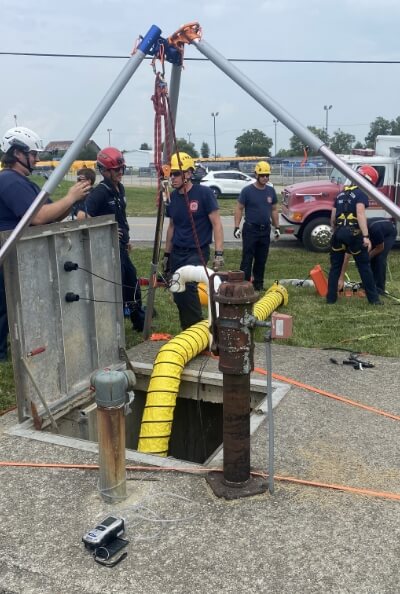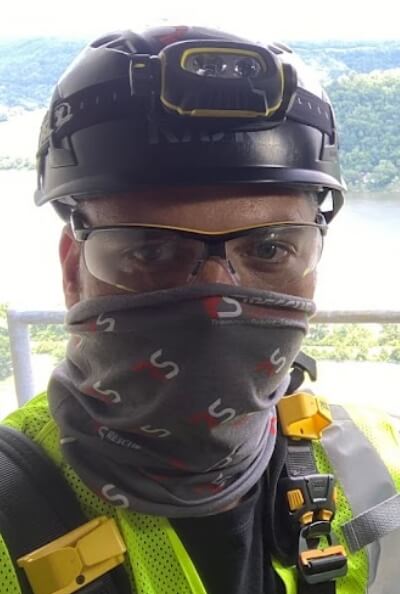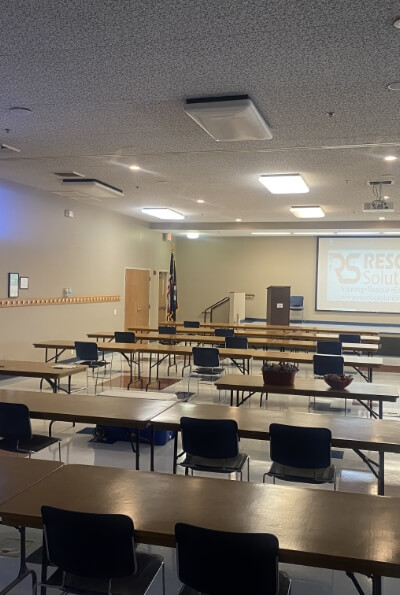ABOUT THIS COURSE

Rescue Solutions’ onsite HAZWOPER training course looks into a variety of topics that relate to Hazardous Waste Operations and Emergency Response (HAZWOPER), including site characterization, hazardous chemicals, radiation hazards, personal protective equipment (PPE), and decontamination methods. This course also teaches your employees about best practices for safely handling hazardous waste and responding to related emergencies.
Our onsite HAZMAT training programs comply with OSHA Standard (29 CFR Part 1910.120). It mandates that workers who are exposed to or handle hazardous materials must undertake a 24 or 40-hour HAZWOPER training course and an 8-hour yearly refresher course (for those who have finished the 24-hour or 40-hour course) before they are allowed to work in hazardous waste operations which could expose them to hazardous materials.
Services HAZWOPER Training:
Course Outline
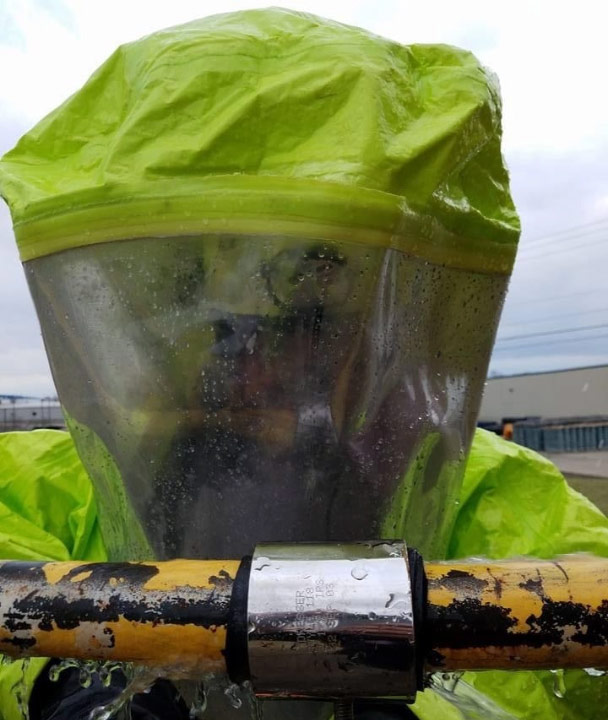
Forty Hour Training
- Demonstrate an understanding of site characterization.
- Describe potentially hazardous situations involving solvents, corrosives, oxidizers, and reactive chemicals.
- Identify the principles of toxicology and how they relate to different types of chemical exposures.
- Identify the uses for PPE and how to choose the correct PPE.
- Define a medical surveillance program and its purpose.
- Identify the principles of decontamination methods as well as levels of decontamination.
- Recall features of the confined space permit system, such as main confined space atmospheric hazards and types of ventilation.
- Define the medical concerns associated with confined spaces.
- Specify the various considerations in an emergency and the importance of training and action for the safety of oneself and others.
- Know and recall OSHA regulations and requirements.
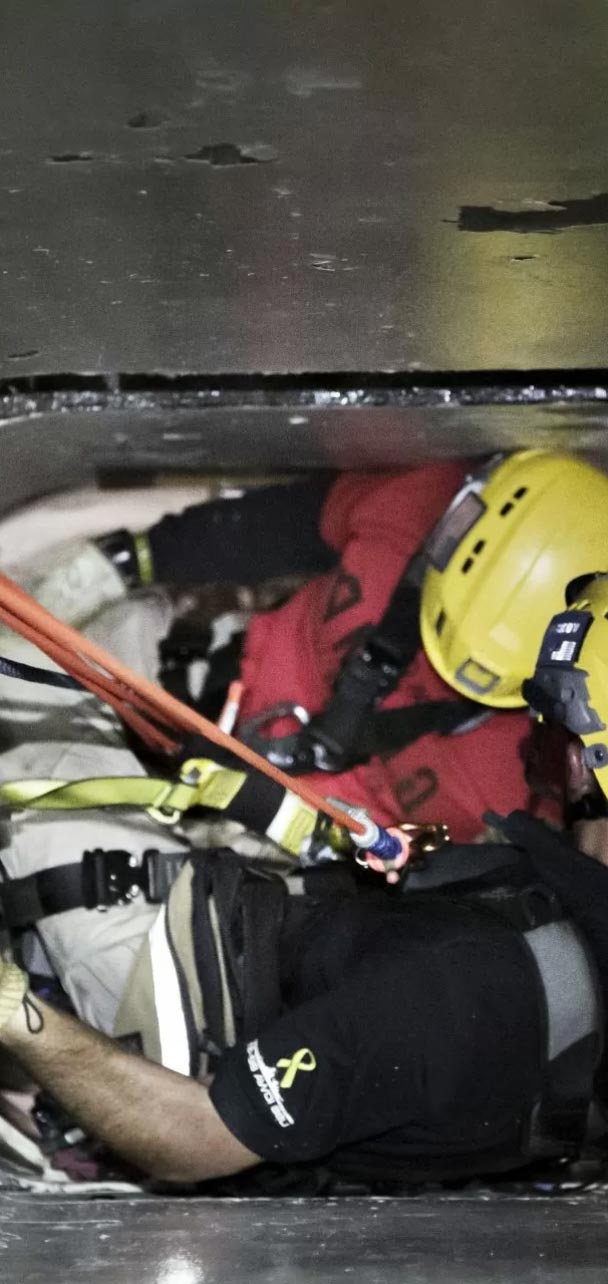
Forty Hour Training
- Demonstrate an understanding of site characterization.
- Describe potentially hazardous situations involving solvents, corrosives, oxidizers, and reactive chemicals.
- Identify the principles of toxicology and how they relate to different types of chemical exposures.
- Identify chemicals and hazards in the workplace.
- Identify radiation hazards and different types of radiation.
- Identify different types of respiratory equipment.
- Indicate protection factors.
- Identify components of OSHA’s Hazard Communication Standard and steps of any hazard communication program.
- Identify the uses for PPE and how to choose the correct PPE.
- List the elements of site security.
- Recognize and indicate the characteristics of a work zone.
- Identify the principles of decontamination methods as well as levels of decontamination.
- Define a medical surveillance program and its purpose.
- Recall characteristics of the confined space permit system, such as main confined space atmospheric hazards and types of ventilation.
- Specify the various considerations in an emergency and the importance of training and action for the safety of oneself and others.
- Identify the types and methods of air monitoring.
- Describe the medical concerns associated with confined spaces.
- Know and recall OSHA regulations and requirements.
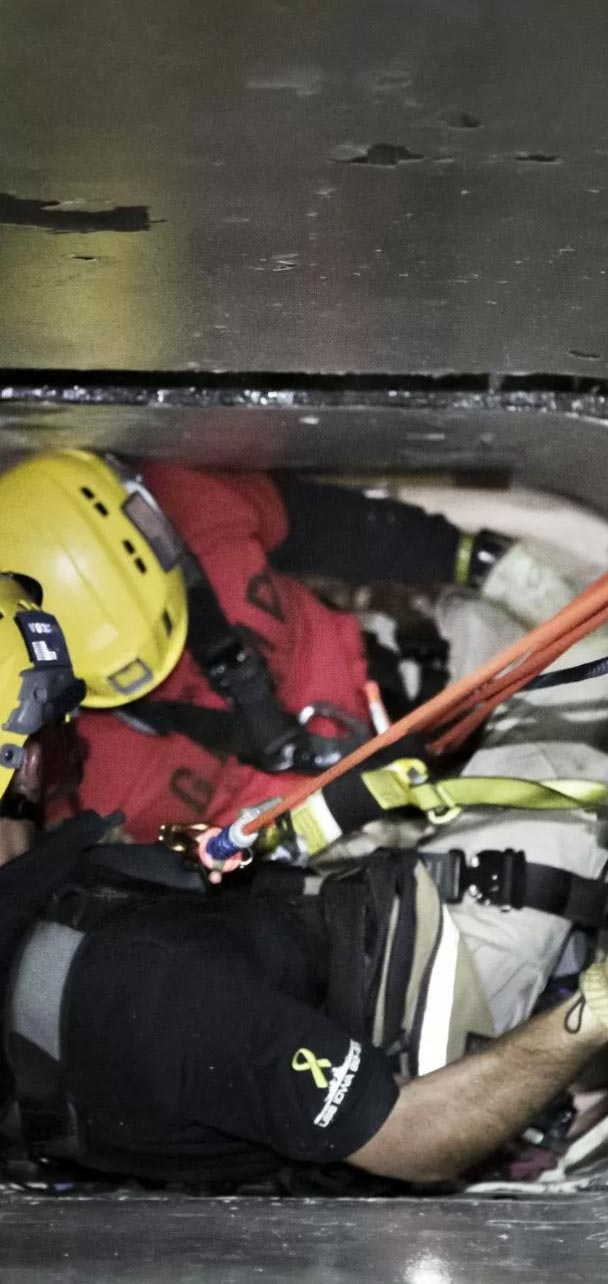
Forty Hour Training
- Summarize site characterization.
- Describe potentially hazardous situations involving corrosives, solvents, oxidizers and reactive chemicals.
- Understand the principles of toxicology and how they relate to various types of chemical exposures.
- Understand chemicals and the hazards they present in the workplace.
- Summarize the components of OSHA’s Hazard Communication Standard and the steps for any hazard communication program.
- Understand Protection Factors.
- Identify radiation hazards and different types of radiation.
- Identify the uses for PPE and how to choose the correct PPE.
- Identify the uses for PPE and how to choose the correct PPE.
- Identify different types of respiratory equipment.
- Understand the characteristics of each work zone.
- List the elements of site security.
- Define a medical surveillance program and its purpose.
- Understand the principles of decontamination as well as levels of decontamination and methods.
- Develop a medical surveillance program and understand its purpose.
- Identify the types and methods of air monitoring.
- Understand the confined space permit system. Identify the main confined space atmospheric hazards and types of ventilation, and gain an overall understanding of medical concerns associated with confined spaces.
- Specify the various considerations in an emergency and the importance of training and action for the safety of oneself and others.
- Learn about monitors and detectors at a hazardous waste site.
- Learn about excavations, including benching, sloping, shoring, and soil analysis.
- Read and understand OSHA regulations and requirements.
Get In Touch
We want to ensure that we are able to offer you the best for possible prices and whatever services you’re looking for.

